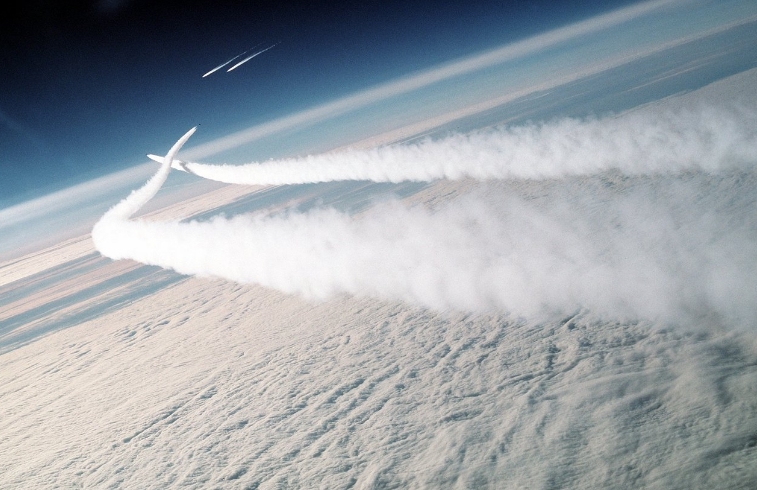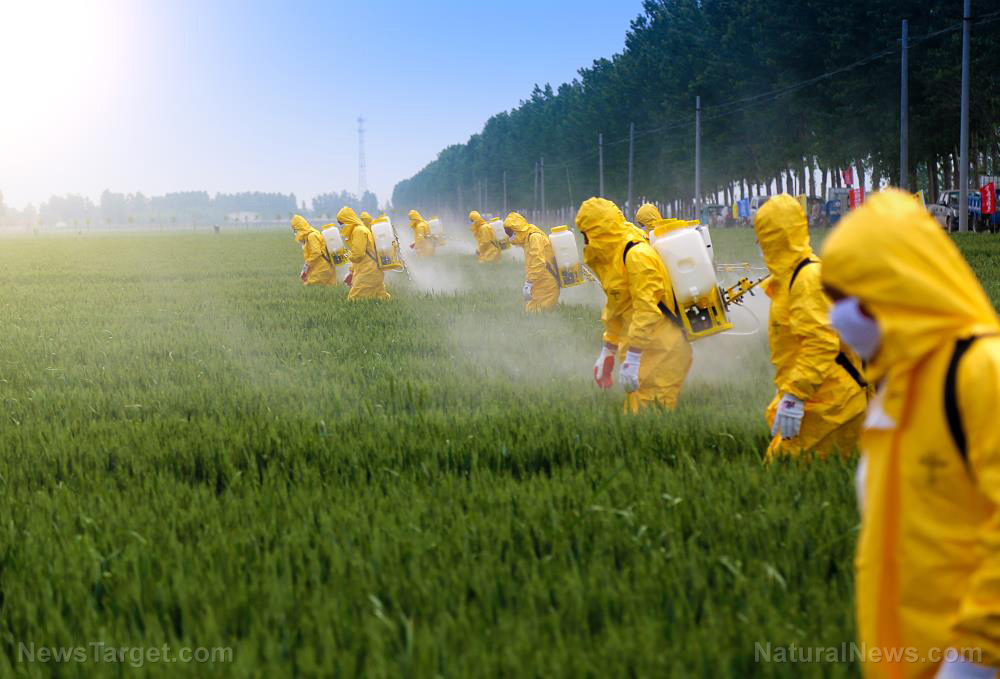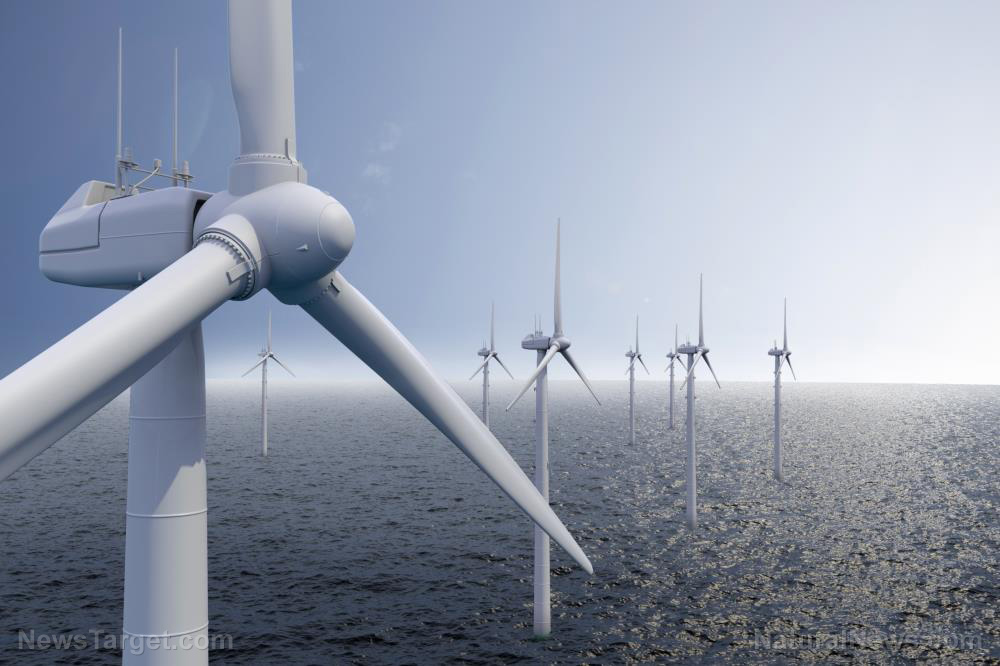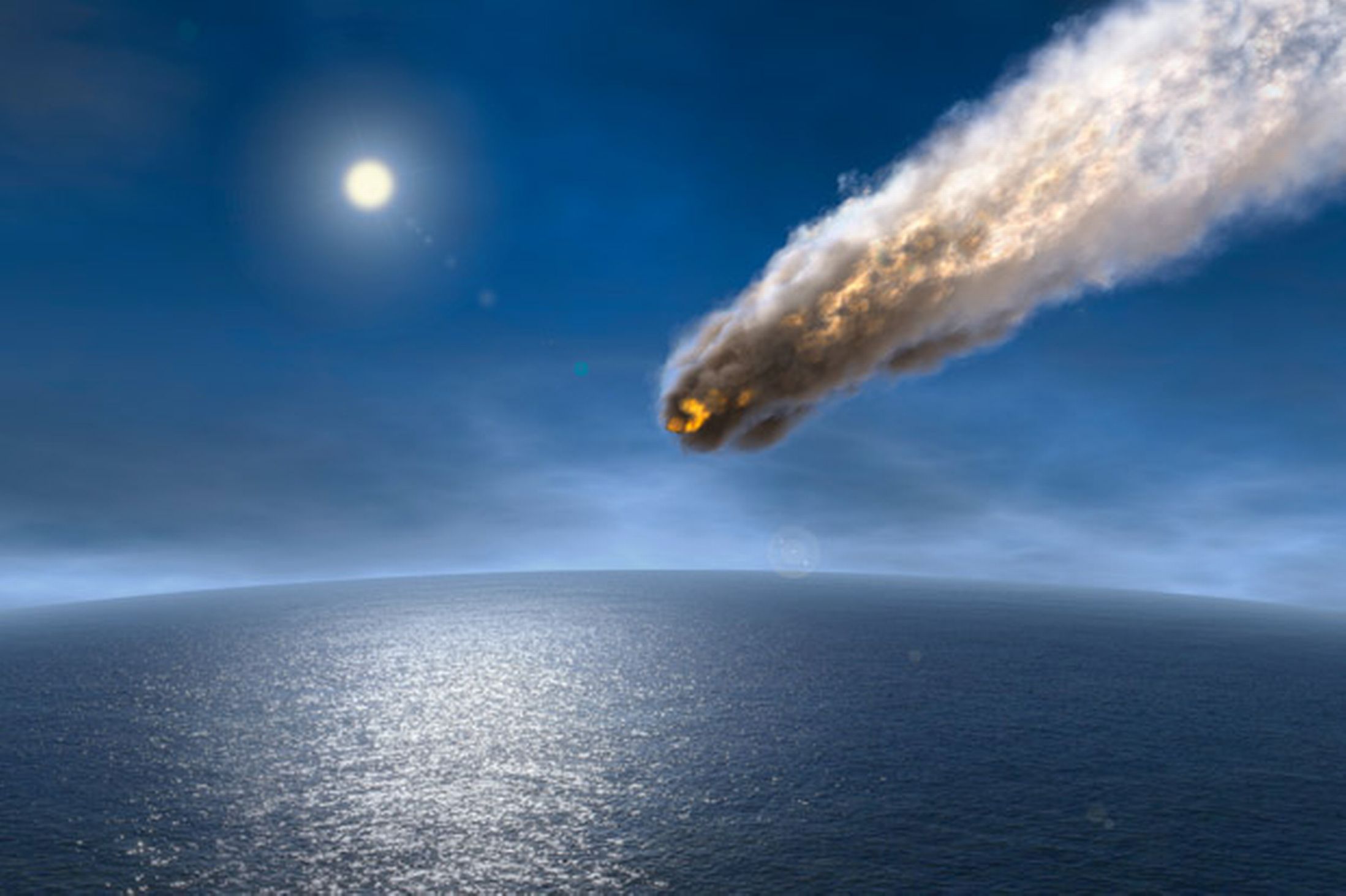How a trace gas became the scapegoat for climate change—and why CLOUD SEEDING and GEOENGINEERING should take the blame
08/18/2025 / By Lance D Johnson

Picture this: a courtroom drama where the prosecution has spent decades pinning a crime on a suspect who was barely at the scene. The evidence? A few scattered fingerprints, a whisper of motive, and a mountain of assumptions. The jury—public opinion—has already convicted him. But then, the defense presents a single, devastating exhibit: the suspect’s alibi isn’t just solid; it’s physically impossible for him to have done it. The case collapses. That, in essence, is what’s happening to the long-held belief that carbon dioxide is somehow the mastermind behind climate change. A growing body of research, including a razor-sharp new study in Frontiers, isn’t just poking holes in the CO2-driven climate narrative—it’s dismantling it entirely, piece by piece, like a house of cards in a hurricane.
For years, we’ve been told that CO2 is the planet’s thermostat, that human activity is cranking up the heat, and that the science is settled. But science, by its very nature, is a restless beast—always probing, always questioning. And now, the questions are getting louder. What if the villain in this story isn’t CO2 at all? The data suggests exactly that: water vapor and clouds are the real heavyweights, shouldering 95% of the greenhouse effect, while CO2—that much-maligned molecule—contributes a paltry 4-5%. Not to mention, most of this CO2 – up to 96% – is naturally occurring and is not the result of human activity whatsoever!
This means that cloud seeding could be the greatest threat to manmande global warming! Geoengineering operations – which seed clouds to block out the sun or create moisture in select environments – are the real cause of global warming!
Key points:
- CO2’s climate influence is statistically negligible, contributing only 4-5% to the greenhouse effect, while water vapor and clouds dominate at 95%.
- Human emissions account for just 4% of CO2’s already tiny role, meaning natural sources—oceans, volcanoes, decomposing plants—overwhelm any human impact.
- Temperature changes lead CO2 shifts, not the other way around, debunking the idea that rising CO2 drives warming; historical data shows CO2 lags behind temperature by centuries.
- The “greenhouse effect” analogy is flawed—real-world heat transfer is governed by convection and atmospheric mass, not radiation trapped by trace gases.
- Doubling CO2 levels would have no measurable warming effect, according to radiative transfer models; the Earth’s temperature gradient is dictated by physics, not CO2 concentrations.
- Cloud seeding is the real global warming threat, and geoengineering operations should be shuttered.
The invisible giant: Why water vapor dwarf CO2—and no one talks about it
Imagine you’re at a concert where the lead singer is belting out a power ballad; the crowd is roaring; and the bass is shaking the floor. Now imagine someone pointing at a single violinist in the back corner and saying, “That’s who’s making all the noise.” That’s the CO2 narrative in a nutshell. Water vapor—the true rock star of the greenhouse effect—is so overwhelmingly dominant that CO2’s contribution is like a whisper in a hurricane.
The numbers don’t lie. Water vapor and clouds account for 95% of the atmospheric radiative effect (ARE), the technical term for what we casually call the greenhouse effect. CO2? A measly 4-5%. And yet, for decades, climate policy, media headlines, and political debates have fixated on CO2 as if it were the sole architect of our planet’s temperature. It’s like blaming the violinist for the mosh pit.
But here’s where it gets even more absurd: of that 4-5% CO2 contribution, humans are responsible for just 4%. The other 96% comes from natural sources—ocean out-gassing, volcanic activity, the slow exhale of forests and soils. That means if you took every car, every factory, every cow burp, and every coal plant off the planet tomorrow, CO2’s role in the greenhouse effect would shrink by a fraction of a fraction. The climate, meanwhile, would keep doing what it’s always done: fluctuating, warming, cooling, entirely indifferent to our carbon guilt.
Historically, this isn’t even controversial. Ice core records from Antarctica show that temperature changes precede CO2 changes by hundreds of years. During glacial periods, the planet warms first, and then CO2 levels rise—a lag effect, not a cause. It’s like saying the siren on a fire truck causes the fire because it shows up after the blaze starts.
The greenhouse myth: Why your car’s windows don’t work like the atmosphere
Here’s a word that should be banished from climate discussions: greenhouse. The term is a metaphor that’s outlived its usefulness, like calling a smartphone a “pocket computer.” A real greenhouse stays warm because its glass traps heat via convection—the air inside can’t escape. But the Earth’s atmosphere? That’s a different beast entirely.
In the real world, heat transfer is dominated by convection and atmospheric mass, not radiation trapped by gases. The air near the surface is dense, packed with molecules that absorb and redistribute heat. As you go higher, the air thins, and temperatures drop—about 6.5°C per kilometer in the troposphere. This is why Mount Kilimanjaro’s base is a balmy 24°C while its summit hovers at -18°C. That 42°C difference isn’t because of CO2. It’s because of physics: pressure, density, and the lapse rate.
The same principle applies to the Earth’s surface. The 36 Kelvin difference between the planet’s effective radiating temperature (252 K) and its actual surface temperature (288 K) is often attributed to the “greenhouse effect.” But as the Frontiers study points out, this warming is primarily due to the temperature gradient caused by atmospheric mass, not CO2. In fact, the study’s models show that doubling CO2 concentrations would result in a temperature increase of zero. Let that sink in: even if we burned every last drop of fossil fuel on Earth, the direct warming effect from CO2 would be undetectable.
This isn’t just theory. Satellite measurements of longwave radiation—the kind CO2 is supposed to trap—show no discernible change despite rising CO2 levels. From 300 ppm to 420 ppm, the atmospheric radiative effect hasn’t budged. It’s as if someone kept turning up the volume on a silent radio and expected the music to get louder.
The war on carbon: A crusade built on a scientific mirage
So how did we get here? How did a gas that makes up 0.04% of the atmosphere become public enemy number one? The answer lies in a perfect storm of simplistic modeling, political convenience, and a human hunger for control.
In the 1980s and 90s, climate science began relying heavily on computer models that assumed CO2 was the primary climate driver. These models, however, struggled to account for water vapor’s dominance because its behavior is chaotic and harder to simulate. So, CO2 became the proxy—the easy villain. Politicians and activists seized on it because, unlike water vapor, CO2 could be regulated. You can’t tax the clouds, but you can tax factories and cars.
But nature doesn’t conform to models. The real world is messier, more dynamic, and far less cooperative with human narratives. The Frontiers study isn’t an outlier; it’s part of a growing chorus of research—over 100 papers—that describe CO2’s effect as “negligible.” Yet the myth persists, propped up by a media ecosystem that treats skepticism as heresy and dissent as denial.
The irony? Even if CO2 were a major driver, the proposed “solutions” wouldn’t work. Shutting down fossil fuels overnight would cripple modern civilization without measurably cooling the planet. Meanwhile, natural CO2 sources—like the Pacific Ocean, which releases 20 times more CO2 annually than all human activity—would keep doing their thing, utterly indifferent to our carbon offsets and electric cars.
A reckoning is coming. The CO2-centric climate narrative is crumbling under the weight of its own contradictions, and geoengineering operations are coming under the microscope as there real cause of climate change. The question is no longer if the science will correct itself, but when—and how many trillions of dollars, how many misguided policies, and how much unnecessary fear will pile up before we admit we’ve been barking up the wrong tree.
Sources include:
Submit a correction >>
Tagged Under:
atmospheric physics, climate change skepticism, climate modeling flaws, climate policy failure, climate science, CO2 myth, CO2 saturation point, fossil fuel misconceptions, greenhouse effect debunked, historical climate data, Kilimanjaro temperature gradient, natural climate variability, non-condensing gases, ocean CO2 emissions, political climate narrative, radiative transfer models, scientific dissent, temperature leads CO2, water vapor dominance
This article may contain statements that reflect the opinion of the author
RECENT NEWS & ARTICLES
COPYRIGHT © 2017 SCIENTIFIC NEWS




















